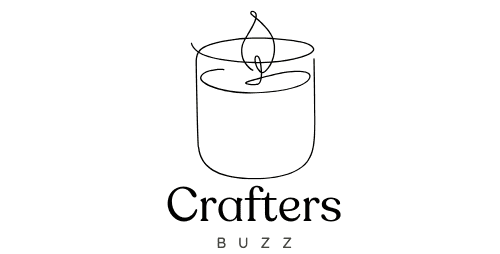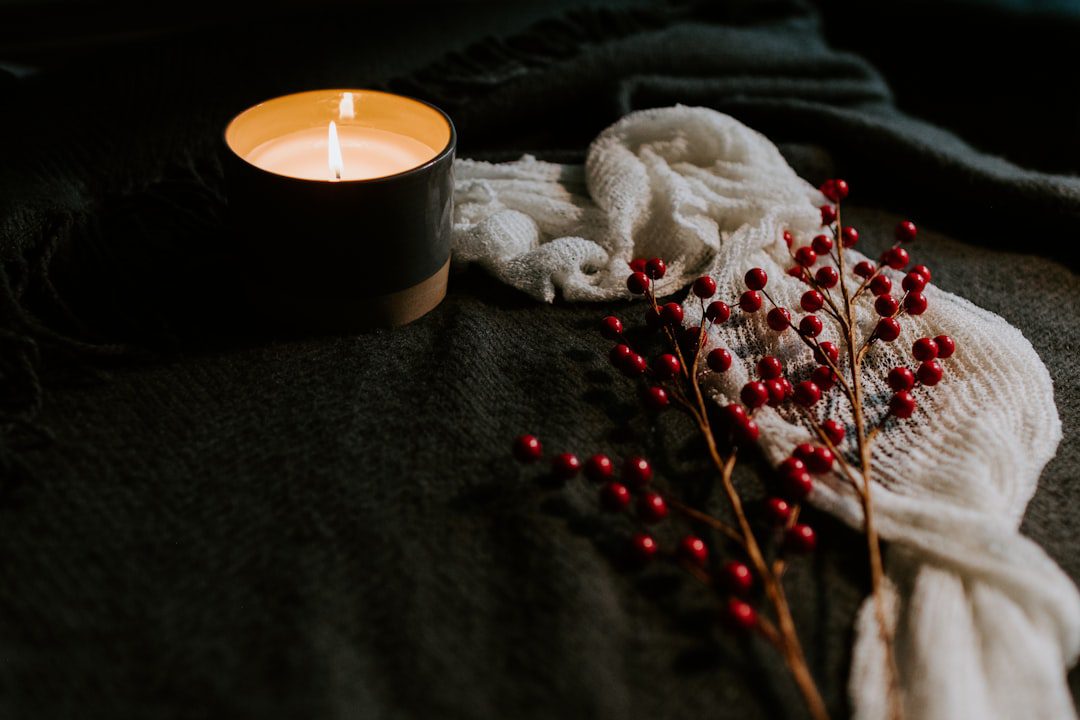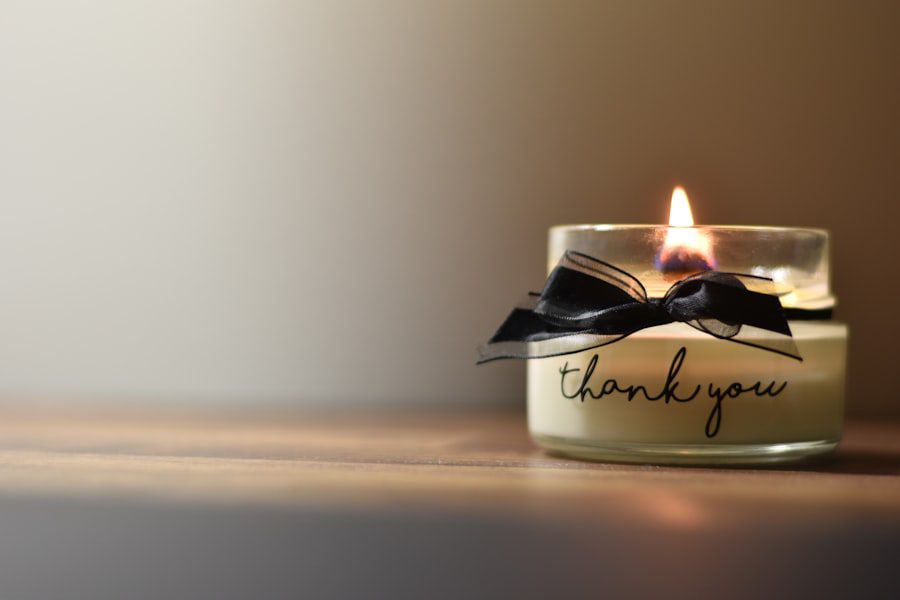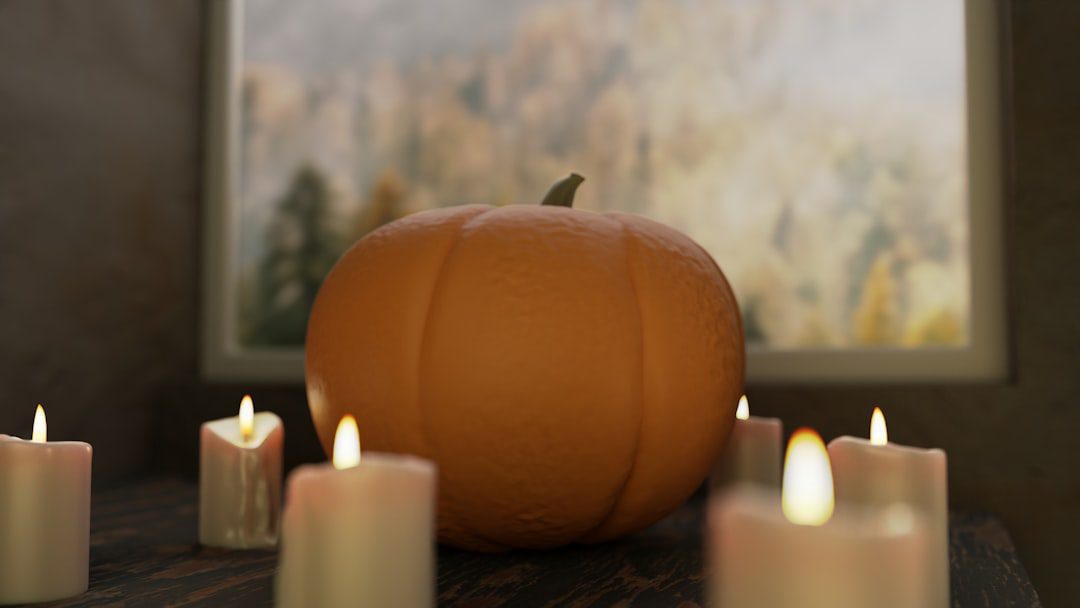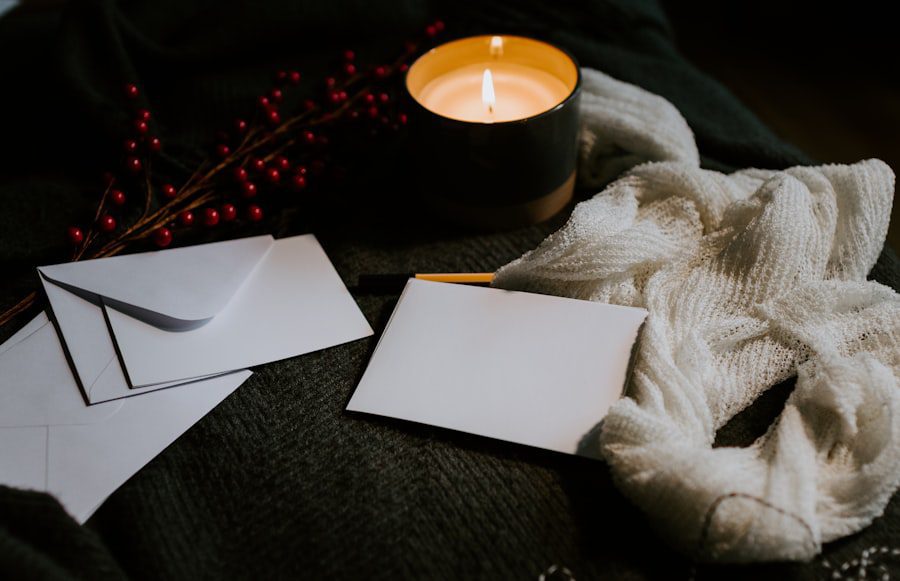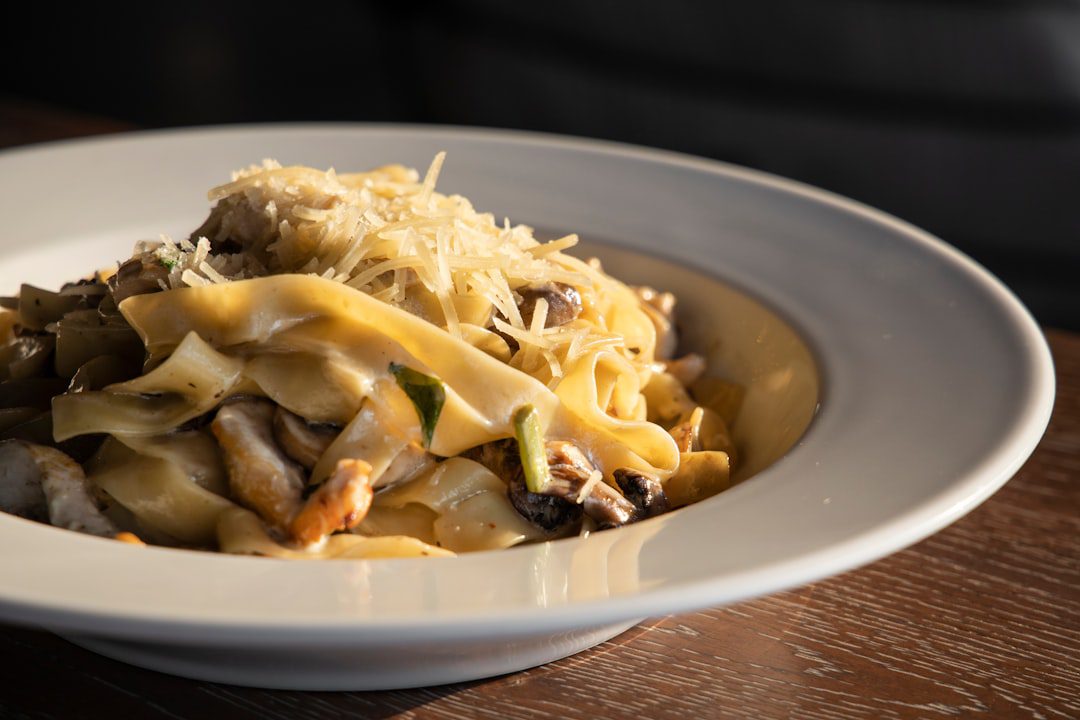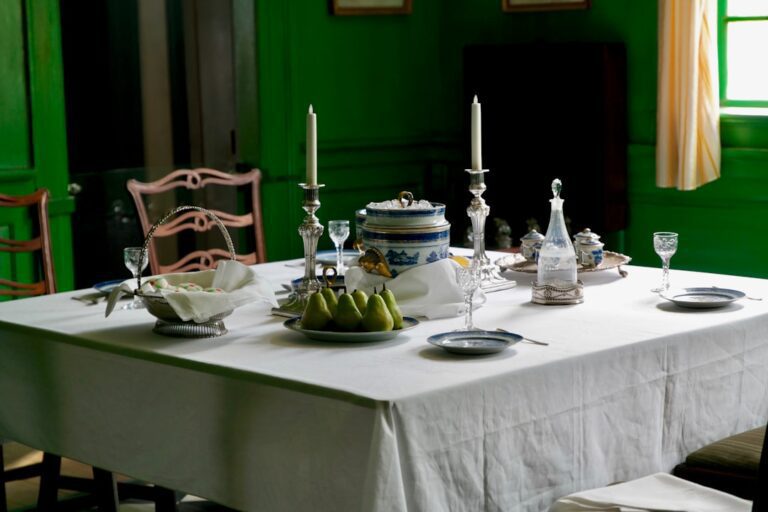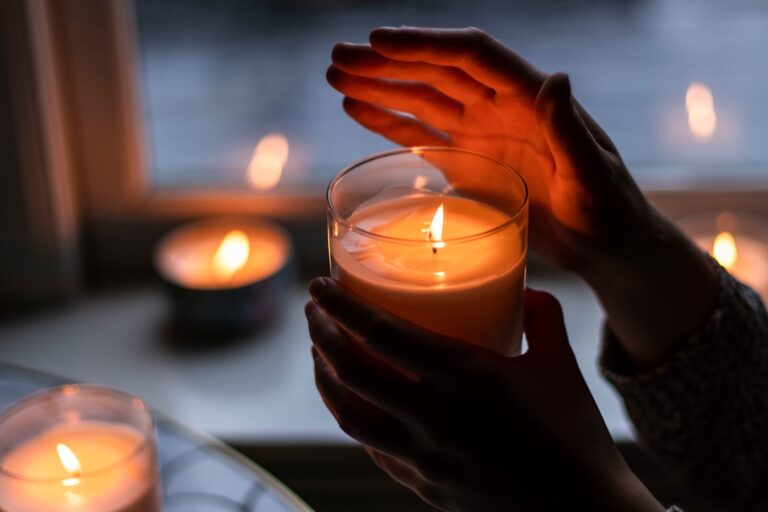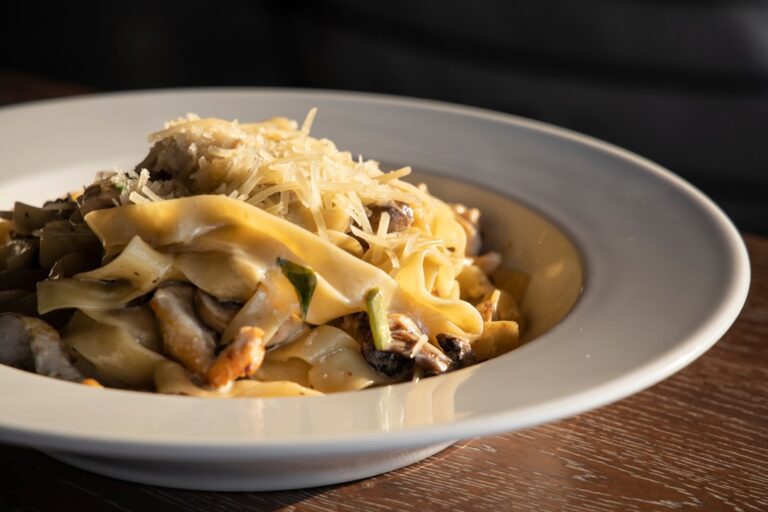Tools and techniques for creating carved candles and intricate designs.
Carved candles represent a unique intersection of artistry and functionality, transforming a simple wax structure into a stunning piece of decor. The practice of carving candles dates back centuries, with origins rooted in various cultures that sought to embellish their lighting sources. Unlike traditional candles, which serve primarily as sources of light, carved candles are often created for aesthetic appeal, showcasing intricate designs that can range from floral patterns to abstract shapes.
The process of carving candles not only allows for personal expression but also invites creativity and innovation, making it a popular craft among artisans and hobbyists alike. The allure of carved candles lies in their versatility. They can be used for various occasions, from weddings and birthdays to holidays and home decor.
Each carved candle tells a story, reflecting the personality and style of its creator. As the craft has evolved, so too have the techniques and tools used in the process, allowing for increasingly complex designs that captivate the eye. Whether one is a novice looking to explore a new hobby or an experienced crafter seeking to refine their skills, the world of carved candles offers endless possibilities for artistic expression.
Tools for Carving Candles
To embark on the journey of candle carving, one must first gather the appropriate tools. The essential equipment includes carving knives, which come in various shapes and sizes to accommodate different design intricacies. A small, sharp knife is ideal for detailed work, while larger blades can be used for broader strokes.
Additionally, a set of chisels can be beneficial for creating deeper cuts and more pronounced textures on the candle’s surface. These tools allow artisans to manipulate the wax with precision, enabling them to bring their creative visions to life. In addition to cutting tools, a heat source is crucial for successful candle carving.
A heat gun or hairdryer can be employed to soften the wax, making it easier to carve and shape. This step is particularly important when working with harder waxes that may resist intricate designs. Furthermore, a sturdy work surface is necessary to provide stability while carving.
A cutting board or a dedicated crafting table can help prevent accidents and ensure that the carving process is both safe and efficient. Lastly, safety gear such as gloves and goggles should be considered to protect against any potential injuries during the carving process.
Techniques for Carving Intricate Designs
Carving intricate designs into candles requires a combination of skill, patience, and creativity. One popular technique involves layering different colors of wax to create depth and contrast in the final product. This method begins with pouring layers of colored wax into a mold, allowing each layer to cool before adding the next.
Once the desired height is achieved, the outer layer can be carved away to reveal the colorful layers beneath. This technique not only enhances the visual appeal of the candle but also adds a tactile element that invites touch. Another effective technique is the use of stencils or templates to guide the carving process.
By tracing a design onto the surface of the candle, crafters can ensure accuracy and consistency in their work. This method is particularly useful for those who may feel intimidated by freehand carving or are looking to replicate specific patterns. Additionally, incorporating tools such as rotary tools or engraving pens can facilitate more detailed work, allowing for fine lines and delicate designs that would be challenging to achieve with traditional knives alone.
Choosing the Right Candle for Carving
Selecting the appropriate candle base is a critical step in the carving process. The type of wax used can significantly impact the ease of carving and the final appearance of the design. Paraffin wax is commonly used due to its availability and affordability; however, it tends to be less forgiving when it comes to intricate designs.
On the other hand, softer waxes like beeswax or soy wax offer greater malleability, making them ideal for detailed carving projects. These natural waxes not only provide a smoother surface but also emit pleasant fragrances when burned. The size and shape of the candle also play a vital role in determining its suitability for carving.
Taller candles provide more surface area for intricate designs, while wider bases may allow for more stability during the carving process. Additionally, considering the intended use of the candle is essential; decorative pieces may prioritize aesthetics over functionality, while candles meant for burning should maintain structural integrity even after being carved. Ultimately, choosing the right candle involves balancing artistic vision with practical considerations.
Safety Precautions when Carving Candles
Engaging in candle carving necessitates adherence to safety precautions to prevent accidents and injuries. First and foremost, it is essential to work in a well-ventilated area, especially when using heat sources or cutting tools that may produce fumes or debris. Proper ventilation helps mitigate any potential health risks associated with inhaling wax particles or fumes released during the carving process.
Wearing protective gear is equally important; gloves can shield hands from sharp tools and hot surfaces, while goggles protect eyes from flying debris during cutting or sanding. Additionally, keeping tools organized and within reach minimizes the risk of accidents caused by searching for misplaced items mid-project. It is also advisable to keep flammable materials away from the workspace to prevent fire hazards when working with heated wax or open flames.
Tips for Creating Unique Carved Designs
To create truly unique carved designs, crafters can draw inspiration from various sources such as nature, art, or personal experiences. Observing natural patterns—like leaves, flowers, or waves—can spark ideas for intricate carvings that mimic organic forms. Additionally, exploring different artistic styles can lead to innovative approaches in candle design; for instance, incorporating elements from abstract art or traditional motifs can result in strikingly original pieces.
Experimentation is key in developing a personal style when it comes to carved candles. Crafters should not hesitate to try new techniques or combine different methods to achieve desired effects. For example, layering colors while simultaneously incorporating textures through carving can yield stunning results that stand out from conventional designs.
Keeping a sketchbook handy allows artisans to jot down ideas and refine their concepts before committing them to wax.
Finishing and Decorating Carved Candles
Once the carving process is complete, finishing touches can elevate a carved candle from merely functional to truly exceptional. One popular method involves applying a sealant or finish to protect the carved surface and enhance its appearance. A clear wax finish can add shine while preserving the intricate details of the design.
Alternatively, using colored finishes can further accentuate specific areas of the carving, creating a striking contrast against the natural color of the wax. Decorative elements can also be added post-carving to enhance visual appeal. Ribbons, beads, or dried flowers can be affixed around the base or incorporated into the design itself for added texture and interest.
For those looking to create themed candles—such as holiday decorations—incorporating seasonal motifs through additional embellishments can make each piece more festive and personalized.
Advanced Carving Techniques for Experienced Crafters
For those who have mastered basic candle carving techniques and are ready to explore advanced methods, several options exist that push creative boundaries further. One such technique involves using multiple layers of colored wax poured into molds before carving begins. This approach allows artisans to create complex patterns that reveal themselves as they carve deeper into the layers.
Another advanced technique is incorporating mixed media into candle designs. By embedding materials such as dried flowers, glitter, or even small trinkets within the wax before it hardens, crafters can create multidimensional pieces that tell a story beyond mere aesthetics. This method requires careful planning and execution but can result in breathtakingly unique creations that captivate viewers.
Additionally, experienced crafters may experiment with different types of wax blends or additives that alter texture and burning properties. For instance, adding stearin can increase hardness while improving burn quality; conversely, incorporating additives like coconut oil can create softer waxes that are easier to carve but may require more careful handling during production. Through these advanced techniques, seasoned candle carvers can continue to innovate and expand their artistic repertoire while producing stunning works that reflect their individual styles and creativity.
If you are interested in learning more about candle making, you may also want to check out this article on traditional dyes vs crayons for candle coloring. This article discusses different methods for coloring candles and the pros and cons of each. It can be a helpful resource for those looking to add color to their carved candles and intricate designs.
FAQs
What are carved candles?
Carved candles are candles that have intricate designs carved into the wax, creating a unique and decorative appearance.
What tools are used for creating carved candles?
Tools commonly used for creating carved candles include carving knives, hot wax pens, and special carving tools with various tips and shapes.
What techniques are used for creating intricate designs on candles?
Techniques for creating intricate designs on candles include hand-carving, layering different colored waxes, and using special molds and stamps.
What types of wax are suitable for carving candles?
Paraffin wax and beeswax are commonly used for carving candles due to their ability to hold intricate designs and their smooth texture.
Are there any safety precautions to consider when carving candles?
Safety precautions when carving candles include working in a well-ventilated area, using protective gloves, and being cautious when working with hot wax and sharp tools.
